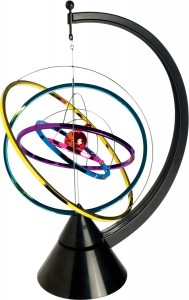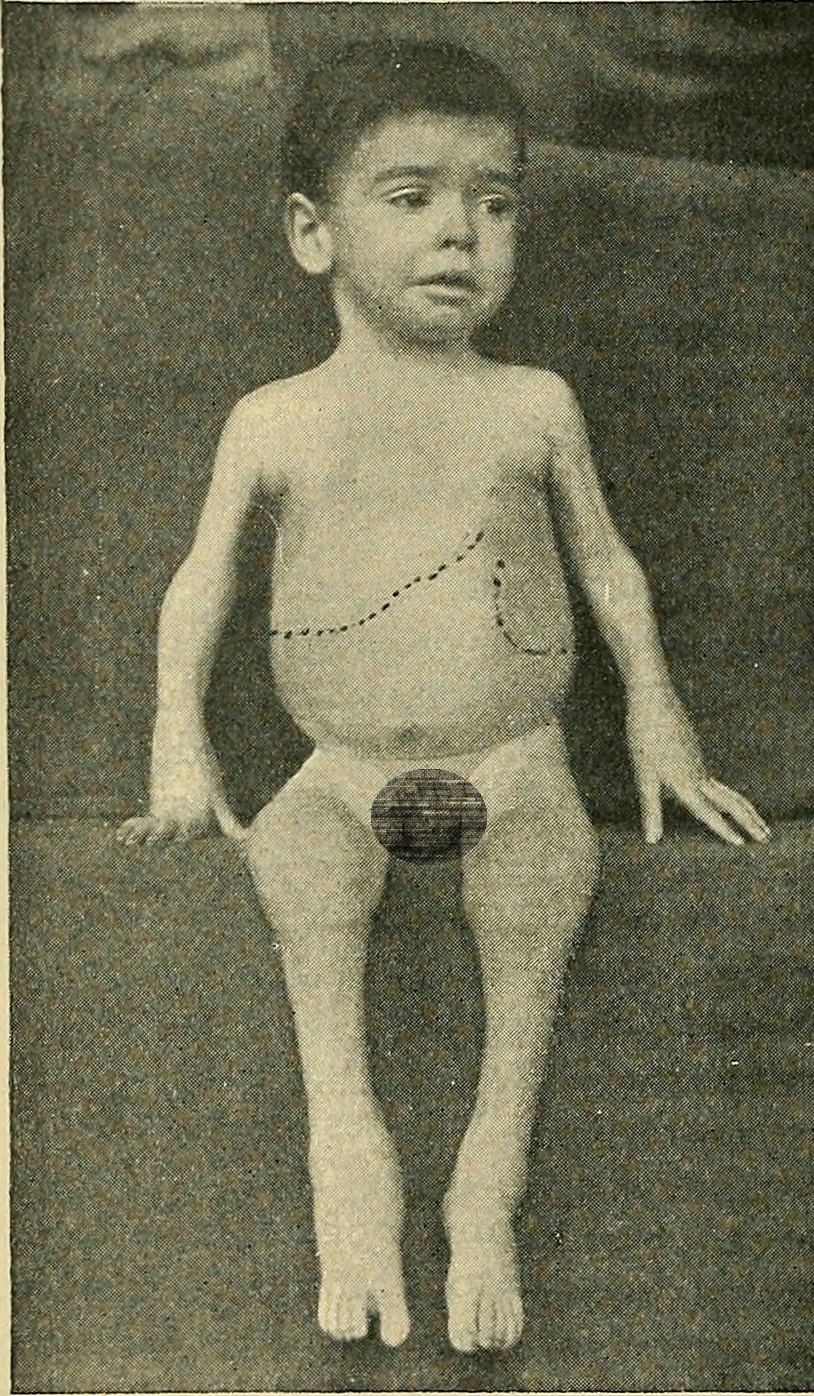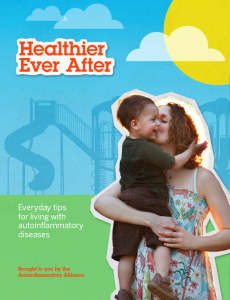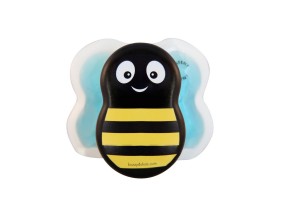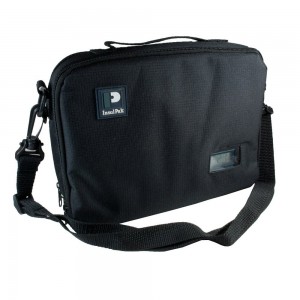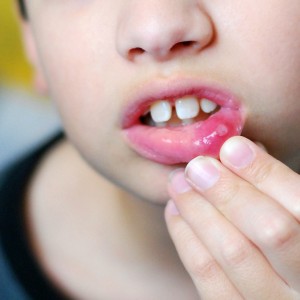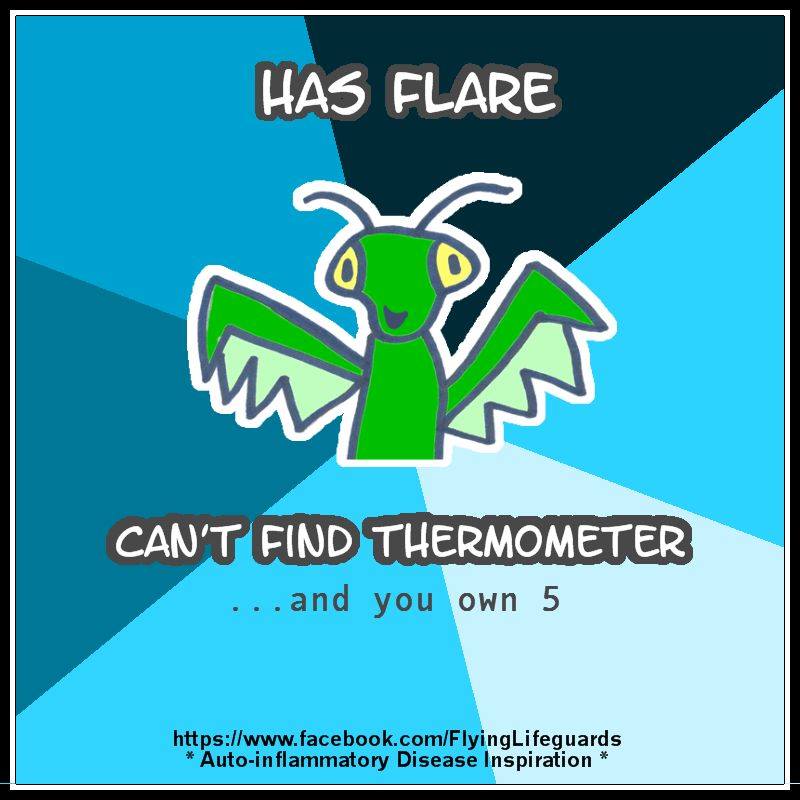Unfortunately for many patients with periodic fever syndromes, the recommended medication is one that must be injected. There are a number of injectable biologic medications that are used–some with FDA approval specific to one of the autoinflammatory diseases, but more often they are used “off label” (meaning not FDA approved specifically for the disease it is being prescribed for by a doctor.) For example, Kineret® (anakinra) is approved by the FDA for use in patients with the NOMID/CINCA form of CAPS (it is approved in the EU for all forms of CAPS.)
All injections can create worry and anxiety in children, but some of the medications used to treat autoinflammatory diseases are in solutions that can create pain when the medication is injected into the tissues. This can make giving these injections even more difficult for children, more so than for other injections, such as vaccines or insulin (used in diabetic patients). Some patients need frequent injections for their disease, ranging from daily injections for NOMID patients on anakinra, to weekly to injections given just with flares.
For some of these medications, distraction from the pain is the best way to help alleviate the pain and anxiety when giving injections to children. A good distraction will focus your child’s thoughts away from the shot and pain and onto the distraction. According to a pain control study published in 2007 in Pediatrics, the journal of the American Academy of Pediatrics, “…areas of the brain known to process pain stimuli have been shown to be less active during distraction tasks.” The authors go on to state, “Related to the quality of the distraction… the more children are engaged in distraction, regardless of the type of distraction stimuli, the lower the pain.” Essentially, if the brain is thinking about something else, it won’t register some of the pain.
Here are some ideas of how to distract your child when giving an injection. Many of these will also help during blood draws.
Give your child something to hold and feel in his hands. This may be a bumpy ball, squishy ball, or a pin art block.
Blow Something
Give your child a kazoo, party blower, or harmonica to use during the injection. Or blow bubbles.
Candy
Sucking on lollipop or hard candy, or chewing gum can be a good distraction. For babies, put some fruit juice or other sweet substance on your baby’s pacifier. In some studies sucking on a pacifier with sucrose and/or breastfeeding have decreased babies’ crying time after immunizations.
Watch Videos
Maybe it’s comedy or music videos that relax your child. Whatever their interests, keep a collection of videos that your child really likes to play during the injection. YouTube can be especially helpful for this.
Have your child watch something relaxing. Some ideas include an hourglass, color drop toy, or a perpetual motion machine or desk toy. Also, search Pinterest for a “calm down jar”. Here you will find instructions for making a glitter and water filled jar that when shaken is very relaxing to watch, similar to a snow globe. Try a snow globe too.
Games
Have your child play an interactive video game or app on your smartphone.
Physical Touch
Physical touch by a parent, sibling, or other close family member can also help alleviate pain. Your child may want someone to hold hands with or sit in a lap during the shot.
Biofeedback
For kids, and adults, with severe needle or shot anxiety, biofeedback therapy can be especially helpful. With a trained therapist and the help of a computer, patients learn to control their reactions to anxiety by activity lowering their heart rate, relaxing muscles, or even changing the temperature in their hands. Small electrodes are places on a part of the body that will be focused on, such as shoulder muscles. The patient then focuses on relaxing those muscles and the results can be seen on a computer screen. This therapy helps the patient relax and take control of their fear when getting or giving themselves an injection.
Healthier Ever After Injections Tips Booklet
This booklet written by Autoinflammatory Alliance board members gives you more tips and helpful advice for helping give kids shots. Click here to for more information about the booklet, and to download a copy of the book. We will have it for order in the printed form in April 2014.
Click here for tips on reducing the pain of an anakinra injection.
Click here for reviews of the ShotBlocker and Buzzy Bee Pain Relief System.
Click here for more tips and resources for patients on biologic medications.
References
- Pediatrics: Pain Reduction During Pediatric Immunizations: Evidence-Based Review and Recommendations
- Distraction therapy at the Great Ormond Street Hospital also download their helpful pdf of techniques from this same page on their website.
- Healthier Ever After– the Autoinflammatory Alliance guide to helping children with their injecitons.
*Top photo of child blowing bubbles by Samuel Borges, BigStockPhoto.com



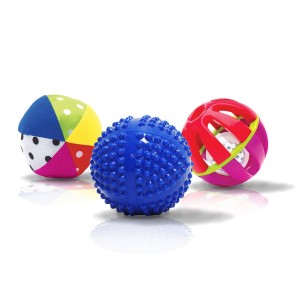 Sensory Balls or Toys
Sensory Balls or Toys